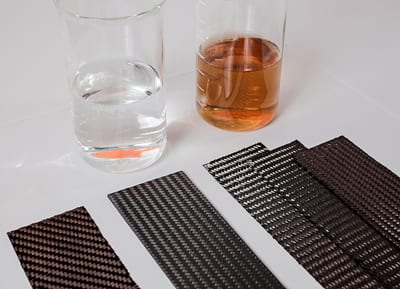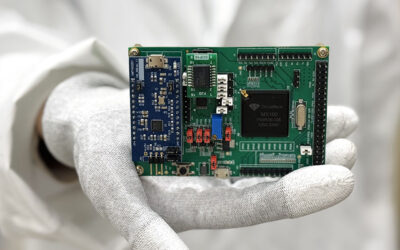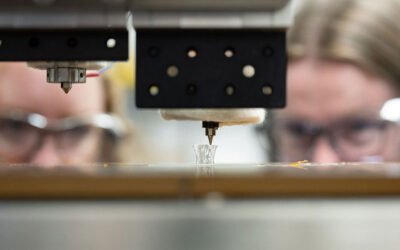Composite materials consist of two main components with, for example, woven carbon fibers and a polymer matrix material. Current application areas for such composites include aircraft manufacturing or equipment for high-performance sports.
However, these lightweight materials are also increasingly being used in the automotive industry due to their high stability and because they have a lower density than aluminum. Carbon fibers are relatively expensive because the process used to manufacture them is costly and requires a lot of energy. The recycling of carbon fibers therefore has to be carried out as efficiently as possible.
The MAI Carbon research cluster is developing various procedures for recycling carbon fibers from composites. The project partners include Audi, BMW, SGL Carbon, Neenah-Gessner, Voith Composites, the Fraunhofer Institute for Building Physics, and the bifa environmental institute. The Siemens approach here involves recovering the fibers in the same form they were used and without any loss of mass. This ensures they will retain their properties to the greatest extent possible.
The goal of MAIrecycling – the lead project in the cluster – is to establish a complete recycling process chain for production rejects, complex mixed materials, and reprocessed carbon fibers that are suitable for reuse in various products.
These days, carbon fibers are usually extracted from used components or production scrap by breaking down resins in a pyrolytic process at relatively high temperatures. In the solvolysis recycling procedure employed by scientists at Siemens Corporate Technology, the resin component is heated under pressure at a temperature of 200 degrees Celsius and converted to low molecular-weight soluble alcohols with the help of water. No environmentally damaging solvents are used in the process, which also requires much less energy than would be required to manufacture new fibers.
The woven fabric recovered from the workpiece retains its shape and its fibers remain intact. As a result, it can be immediately further processed. The fibers’ mechanical properties are also nearly fully retained. As a next step, the researchers are now looking for ways to use the recycled fibers in new types of reshaped workpieces.


















